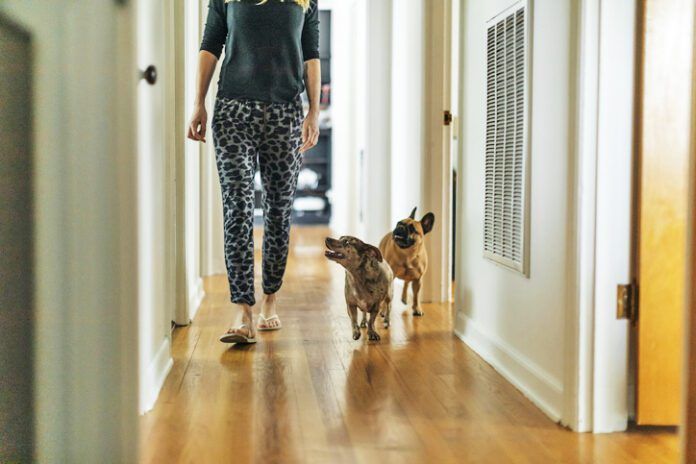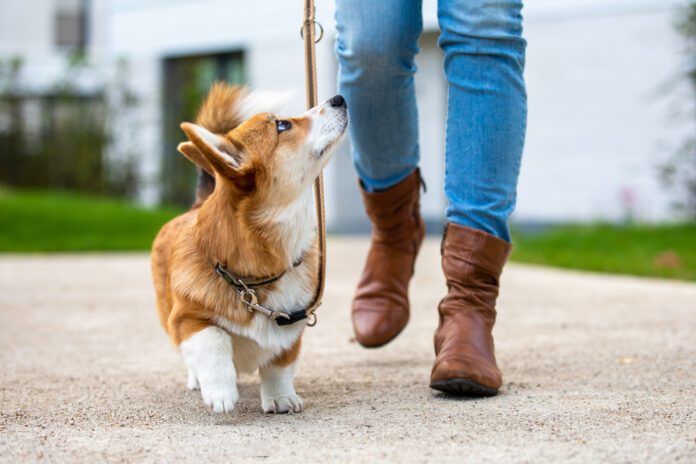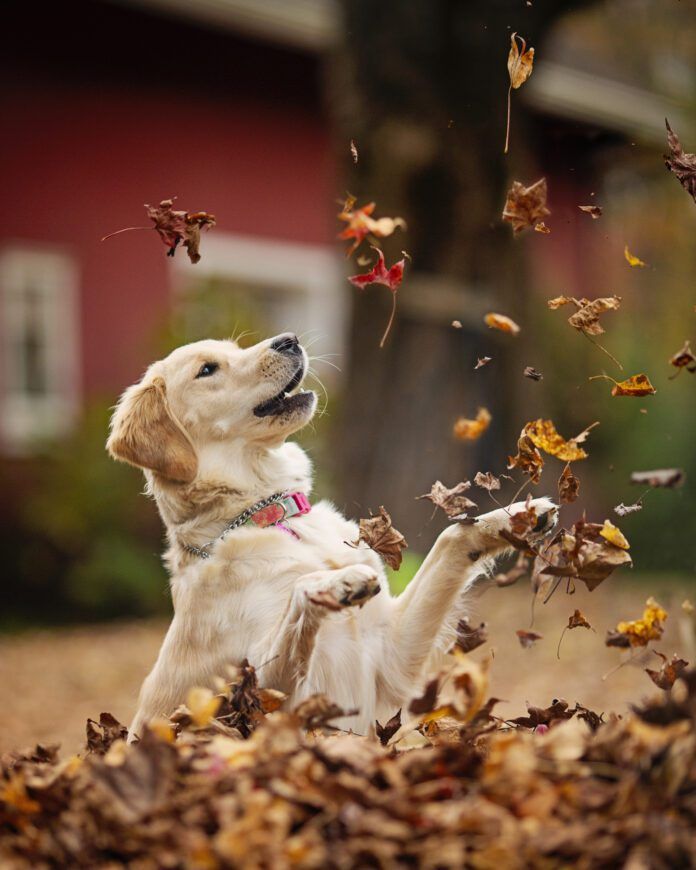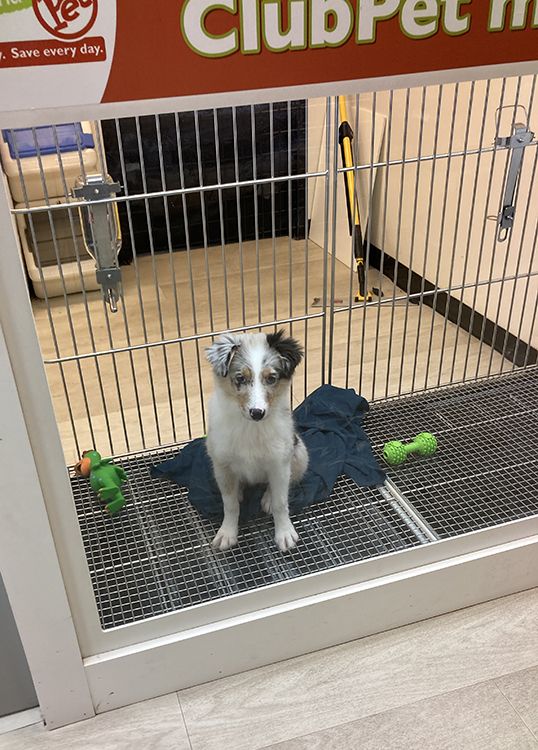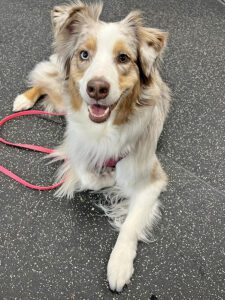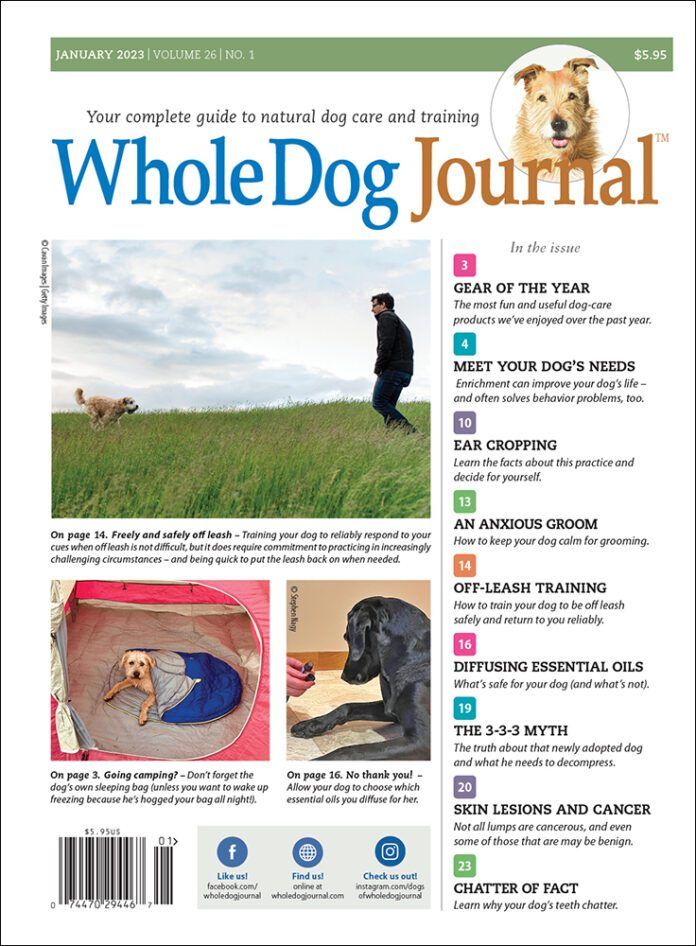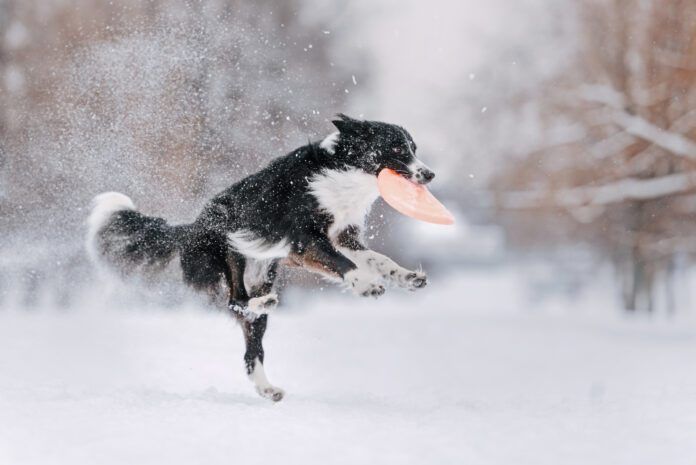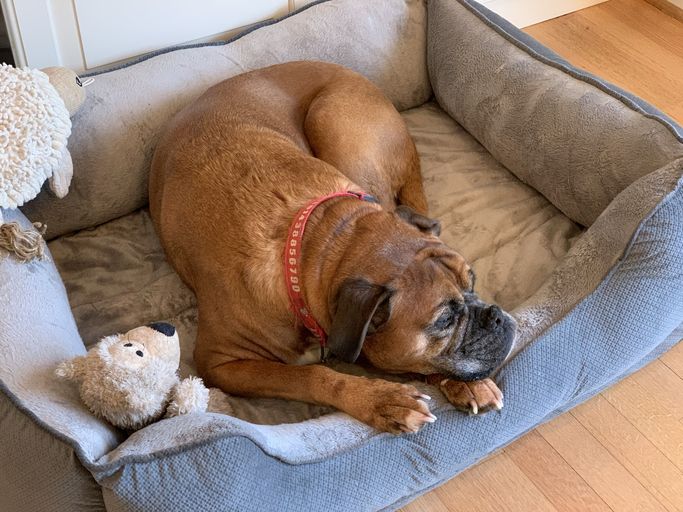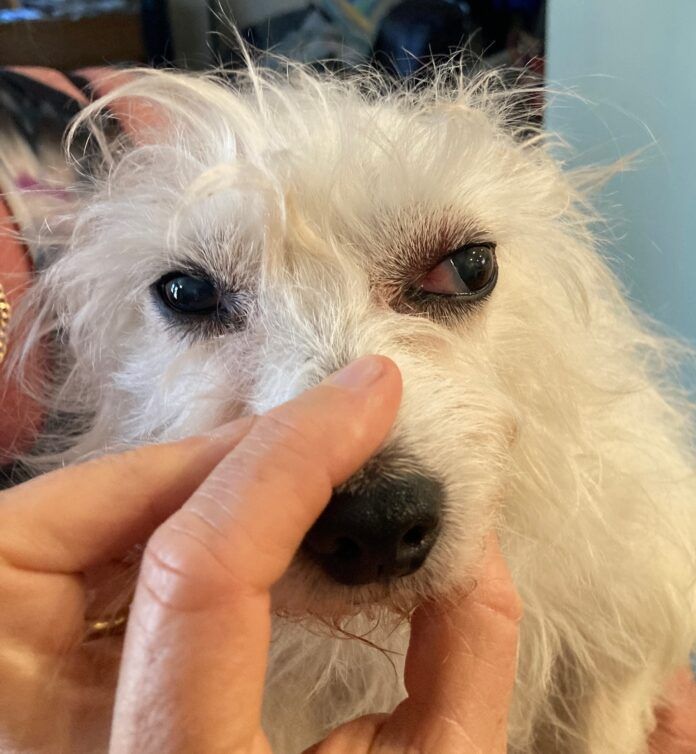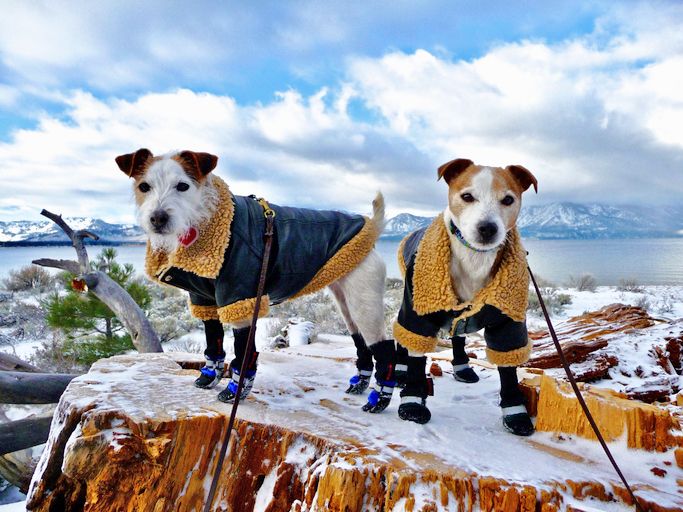Most dog knee injuries are either a patellar luxation or a cruciate ligament injury. A patellar luxation, or dislocation, is usually due to congenital defects, which means the poor conformation was present at birth. While cruciate ligament injuries can have a conformation component as well, trauma is usually the cause. Both injuries cause pain and require veterinary attention.
Dog Knee Dislocation
The patella is your dog’s kneecap. The patella normally slides up and down in the middle of the knee in a natural groove, called the femoral trochlear groove, located at the end of the femur. Unfortunately, inherited defects in the dog’s knee can allow the kneecap to slide to one side or the other. If it slips to the outside, it is a lateral luxation. If it slips to the inside, it is a medial luxation.
Medial luxations are most common and tend to occur in small breeds such as Boston Terriers, Chihuahuas, Miniature Poodles, and Pomeranians. Larger dogs, such as Chinese Shar Pei, Flat-Coated Retrievers, Akitas, and Great Pyrenees, often have lateral luxations.
About 7% of puppies have patellar problems, and most show evidence of luxation in both rear legs.
Patellar luxations are graded as to their severity:
- Grade I: The patella can be luxated by hand but doesn’t flip out on its own. If left alone, it will reposition to normal.
- Grade II: The patella may slip out of its place on its own but if the dog straightens his leg, or you push on it, it will return to its place.
- Grade III: The patella tends to normally be in an abnormal location but you can push it into place with your hand
- Grade IV: The patella is always luxated and can’t be put back in place by hand.
Patellar Knee Injury Symptoms
If your dog’s kneecap moves out of place, you may notice your dog “skipping” at times when he moves, holding a leg up, or stopping and stretching a rear leg out, then continuing on. Severe luxations in puppies may alter their stance, resulting in a bowlegged appearance (medial luxation) or knock-kneed appearance (lateral luxation).
Kneecap problems are usually diagnosed with a physical exam. Your veterinarian will also check for cranial cruciate problems since the two problems can be associated. X-rays are often recommended to look for other orthopedic conditions that may influence treatment, such as hip dysplasia.
Treatments for Knee Injuries
Treatment varies with the severity of the luxation. Grade 1 and many grade 2 cases are often left alone and watched for developing problems, especially in smaller dogs. Grade 3 and grade 4 cases usually need surgery to keep the dog comfortable and reduce the chances of more orthopedic problems down the line.
In dog knee surgery for a dislocation, generally, the soft tissues are tightened on the opposite side of the luxation to help hold the patella in place. The femoral groove may be deepened to help keep the kneecap on its ideal track. The tibial crest may be moved to realign major muscles and provide a more normal anatomy for the leg. Many dogs with a kneecap problem will develop osteoarthritis later in life.
Cruciate Ligament Injuries
Most cruciate ligament problems are related to trauma. It could be an acute injury that occurs when the dog turned too tight at speed, for example, or a low-grade, chronic problem that has degenerated over time. Tears may be partial or complete.
Your dog has two cruciate ligaments: the caudal (responsible for forward stability of the joint) and the cranial (rear stability). These ligaments crisscross (hence “cruciate”) the knee joint between the bottom of the femur and the top of the tibia. They provide stability for the knee joint but allow extension and flexion. Side-to-side movement is limited.
Dogs tend to tear their ligaments while active – running, turning sharply, stepping in a hole while running, and so on. However, a ligament can be torn in an event as simple as an overweight Beagle leaping off the couch and landing badly. Risk factors for cruciate problems include environmental factors such as lifestyle activities and weight.
Torn Ligament Symptoms
Sudden, extreme pressure causes the ligament fibers to stretch and rupture. Many dogs will cry out, and most will suddenly go three-legged lame and hold up the affected leg. The joint may become inflamed, swollen, and painful. Signs of a chronic partial tear may be more subtle – resembling arthritis. You may notice your dog is unusually stiff after a period of inactivity and/or shows intermittent lameness.
Breeds at highest risk of a torn cruciate are muscular, active, medium to large dogs, including Labrador Retrievers, Golden Retrievers, German Shepherd Dogs, Rottweilers, and Pit Bulls.
This injury is so common in Labs that a genetic test looking for susceptibility to cruciate problems is available through the Comparative Genetics and Orthopaedic Research Laboratory at the University of Wisconsin–Madison School of Veterinary Medicine. A dog who is positive on this genetic test is not guaranteed to rupture a cruciate but is considered at higher risk: about 62% genetic coupled with 38% environment. Owners should be extra vigilant about preventing weight gain and should do regular physical therapy to keep their dogs fit.
Diagnosing a Cruciate Knee Injury
Your veterinarian will likely diagnose your dog’s knee injury on physical examination. A lax (loose) joint is a solid indicator of a complete tear. Further diagnostics might include radiographs to look at arthritic changes and/or arthroscopy, which is a surgical procedure that allows the veterinarian to into the joint and check the menisci, which are two cartilage discs that provide cushioning in the knee joint.
Knee-Injury Treatment
Small dogs may do well with a custom fitted brace or may need a surgery called extracapsular repair in which a suture helps to stabilize the joint until scar tissue takes over that function.
For larger and very active dogs, surgeries involving cutting bones in the joint and repositioning them tend to have the best outcomes. These procedures include tibial plateau leveling osteotomy (TPLO) and tibial tuberosity advancement (TTA).
If you choose conservative therapy with a brace, have a custom brace made, which will minimize sores and give your dog the best chance of healing. For older dogs who are not good candidates for surgery, a brace may be the best option regardless of size.
Rehabilitation for Knee Injuries
No matter what treatment you and your veterinarian decide is best for your dog, aftercare is important. Careful postoperative protocols need to be followed exactly as directed by your veterinarian.
Rehabilitation will include passive range of motion exercises (PROM), a schedule of walks that build in distance and hills gradually, and additional exercises such as underwater treadmill. Laser and pulsed electro-magnetic field (PEMF) therapy may be suggested. Joint nutraceuticals may be recommended to support his joints and slow the inevitable development of arthritis. Sadly, 40% to 60% of the dogs who tear one cruciate will eventually tear the other.
Preventing Knee Injuries in Dogs
Your dog’s overall health can impact the likelihood of an injury and successful recovery. Keep your dog at his ideal weight. Look into an exercise program to strengthen his core muscles, including balance exercises, such as work on a wobble board or peanut. Be realistic about your dog’s conformation. As much as you may want to do agility or flyball, you might consider doing scentwork or Rally with your dog to further minimize the risk of injury.


